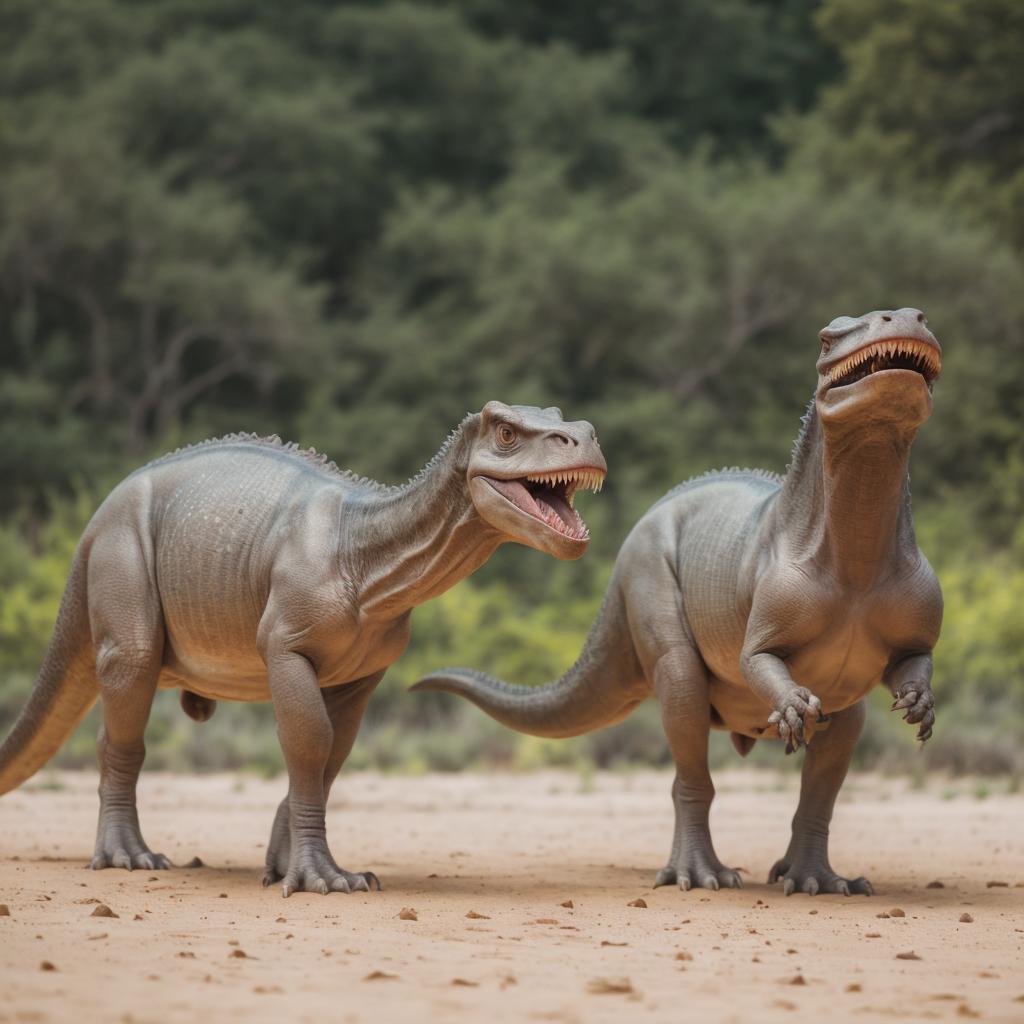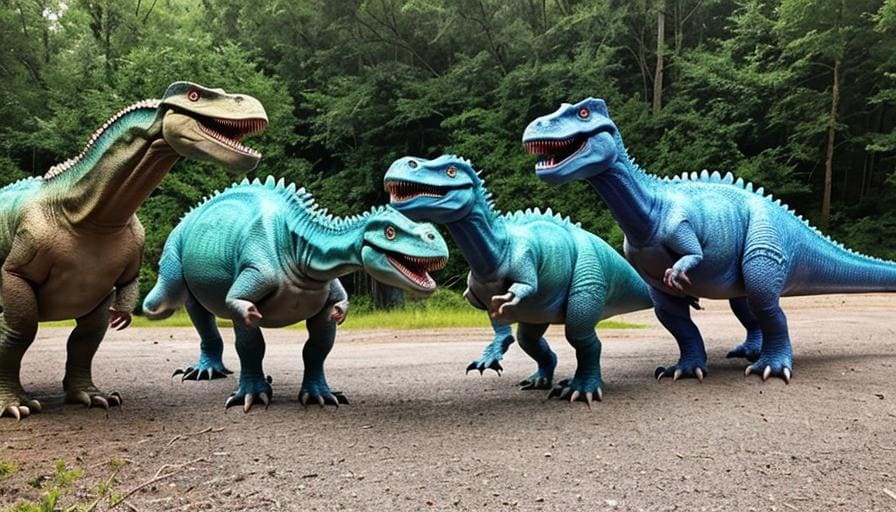dinosaurs time range
Introduction:
Dinosaurs, often portrayed in movies and books, were a diverse group of reptiles that existed for millions of years. Dinosaurs time range holds the key to comprehending their existence. As we delve into the past, we’ll discover the importance of recognizing the distinct periods that defined the age of dinosaurs.

To know about Life of a Lion in the Jungle read this article
1-Dinosaurs Time Range:
Dinosaurs, those colossal beings that once wandered our planet, have entranced human imagination for centuries. It is imperative to comprehend the dinosaurs time range to unravel the mysteries surrounding Earth’s ancient inhabitants. Throughout this article, we’ll venture into the past, the search into the Triassic, Jurassic, and Cretaceous periods, exploring the intricate timeline that witnessed the rise and fall of these magnificent creatures.
2- When did Dinosaurs Live?
-
Triassic Period (252 to 201 million years ago)
The Triassic Period marked the dawn of the dinosaurs. Characterized by vast deserts and shallow seas, this era saw the emergence of iconic dinosaurs like the Plateosaurus and Coelophysis. The landscape was vastly different from today, and dinosaurs adapted to this challenging environment.
-
Jurassic Period (201 to 145 million years ago)
As we move forward in time, we enter the Jurassic Period, a time of colossal reptiles and lush landscapes. The Brachiosaurus and Stegosaurus dominated this era, illustrating the diversity of the dinosaur kingdom. dinosaurs time range becomes alive as we visualize these majestic creatures thriving in their Jurassic habitats.
-
Cretaceous Period (145 to 66 million years ago)
The Cretaceous Period represents the final chapter of the dinosaur era. It was a time when massive herbivores like the Triceratops and fierce predators like the Tyrannosaurus rex roamed the Earth. dinosaurs time range encapsulates the fast evolution and eventual decline of these extraordinary beings.
3- Discovering What Killed the Dinosaurs
-
the Extinction Event
The extinction of dinosaurs remains one of the most intriguing mysteries in paleontology. Numerous theories attempt to explain this catastrophic event, each adding a layer to our understanding of dinosaurs time range.
- Leading Theories on the Extinction of Dinosaurs
- Impact Hypothesis: One prominent theory suggests that a massive asteroid impact triggered the extinction. The Chicxulub crater in Mexico provides compelling evidence of this cataclysmic event.
- Volcanic Activity Hypothesis: Some scientists propose that extensive volcanic activity, particularly the Deccan Traps in present-day India, played a role in the demise of dinosaurs.
- Climate Change Theories: Shifts in climate, including changes in sea levels and temperature, are also considered potential contributors to dinosaur extinction.
- Evidence Supporting Each Theory
- Fossil Records: Examination of fossil records reveals the sudden disappearance of many dinosaur species, aligning with the impact hypothesis.
- Geological Data: Geological studies unveil evidence of volcanic activity during the Cretaceous Period, supporting the volcanic activity hypothesis.
- Ongoing Research and Advancements
In our quest to understand dinosaurs time range, ongoing research and technological advancements continue to shed light on the extinction event. New discoveries and interdisciplinary approaches bring us closer to unraveling the mystery that shrouds the end of the dinosaur era.
Conclusion:
In conclusion, dinosaurs time range opens a gateway to the past, allowing us to witness the grandeur of the Triassic, Jurassic, and Cretaceous periods. As we search the evolution of dinosaurs, we are compelled to contemplate the enigma of their sudden disappearance. Whether through asteroid impacts, volcanic eruptions, or climatic shifts, the extinction of dinosaurs remains a testament to the fragility of life on Earth.
FAQ:
1- What dinosaurs were in the Cretaceous Period?
The Cretaceous Period featured iconic dinosaurs such as the Tyrannosaurus rex, Triceratops, and Velociraptor.
2- What are the 4 dinosaur periods?
The four dinosaur periods are the Triassic, Jurassic, Cretaceous, and the subsequent Cenozoic, which followed the extinction of dinosaurs.
3- What is the difference between Jurassic and Cretaceous?
The Jurassic and Cretaceous periods differ in geological and paleontological aspects, including the types of dinosaurs present and environmental characteristics.
4- What age were Cretaceous dinosaurs?
Cretaceous dinosaurs lived during the Cretaceous Period, which spanned from approximately 145 to 66 million years ago.


[…] dinosaurs time range […]
[…] Read this article to know about dinosaurs time range […]